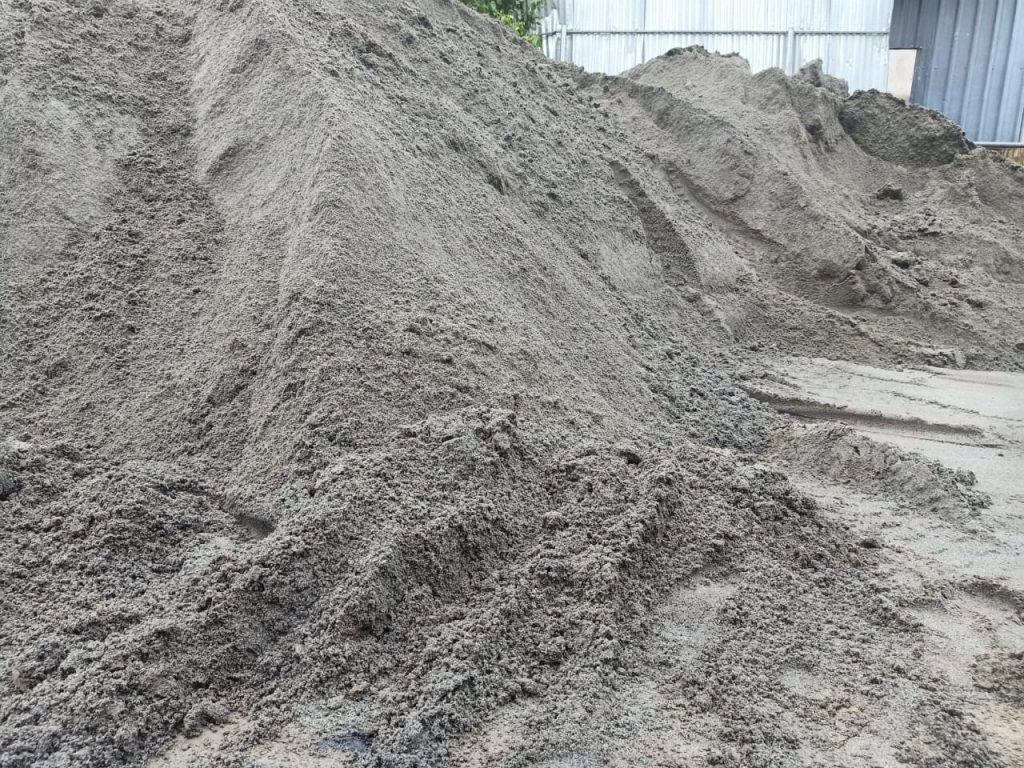Durability is a crucial factor for sustainable construction. It helps in making sure that buildings maintain their intended function over time. Insufficient durability can result in major repair and construction costs along with environmental impact.
The durability of a product can reduce the need in maintenance, by reducing unplanned interruptions. This is essential when it comes to heavy machinery like cranes.
Relevance
One of the most important components of building efficiency is how well construction structures and materials resist decay. Durability can be influenced through a number of factors including the choice of raw materials as well as quality control, construction and the maintenance.
For instance, are both durable substances which can resist the natural aging of the constituents they comprise over long periods of time. Materials used in building can be reused, which helps ensure its sustainability.
A lot of times, the durability comes hand-in-hand with low maintenance. As an example, a concrete building requires minimal maintenance over the course of its lifetime compared to wood structures, which might require regular repainting. A structure’s longevity is also important because it helps reduce annualized embodied environmental impact.

Factors Influencing Material Longevity
There are many factors that affect the life span of building materials. It is challenging to determine the exact lifespan of the structure based on the materials it is constructed with without specific specifications However, structures with outstanding durability can last at least 30 years or more before major repairs are required.
A building’s durability is determined by the choices and the quality of its building materials and careful construction practices. Concrete is a great model of a building material that is incredibly durable when appropriately formulated, placed and cured. Protective measures like cathodic impressed current shielding are also able to extend the lifespan of steel and reinforced concrete elements.
The fact that it is low maintenance can be a sign of strength. Durability is often correlated with a low-maintenance. Like, for instance, siding which requires periodic painting will be less durable than windows made from the pultruded form of fiberglass, which requires minimal or no care in operation.
How can you increase the longevity of the materials
Building a towering skyscraper or making a piece furniture, construction materials gia da hoc that are durable will last for years of use. In order to maximize the durability of your product, careful planning and execution are required. Some strategies to increase durability include:
Incorporating durable design elements into products from the outset. Modular design makes it easier to interchange components and repairs, thus extending longevity and cutting down on the amount of waste.
Conducting tests on durability in the lab to determine what issues there are and how to test those. For educating consumers on product longevity to encourage more sustainable consumption behavior.
Reduce operational costs by reducing costs for maintenance and return. When investing in long-lasting projects, businesses can reduce inefficiency, improve inventory management and allocate resources back to core processes. These projects are able to reduce ongoing costs and boost yield on investment. Companies can achieve their financial targets, and continue to achieve long-term growth.
Environmental Impact of Construction Materials
The construction industry consumes many resources, and creates lots of garbage. Chemicals used at the construction site, the diesel that is used in diggers, trucks and building materials also have negative effects on the environment.
Built with durability can lessen the negative environmental effects by spreading the upfront impacts over a longer time. Buildings that are durable also require lower maintenance, which decreases the use of new resources and power.
Natural building materials such as straw, cob, wood clay, rammed soil, clay are low-impact. They can be found nearby or on site. These are typically less costly as they do not need huge distances to transport or factories in order to manufacture their products. Additionally, they can be recycled, which further reduces their effect on the environment.
Maintenance practices for Construction Materials
To ensure that equipment for construction is secure and efficient, it requires routine maintenance. Lubrication is essential to lessen wear and friction as well as calibrating load capacity indicators in order to keep from overloading which can cause accidents or costly injuries.
The proper maintenance techniques greatly impact the life of your equipment as well being a factor in the return on investment when it comes to trade-in value or resales. Equipment that is well maintained lasts longer. It also works more efficiently which means avoiding costly breakdowns and reduces the time it takes to complete projects.
Mechanically-induced breakdowns are the primary cause for malfunctions in heavy equipment. it can be prevented through routine maintenance and preventative inspections. This is the biggest cost in operating expenses directly due to mechanic fees as well as equipment breakdowns, but it can also cost indirectly through lost productivity.